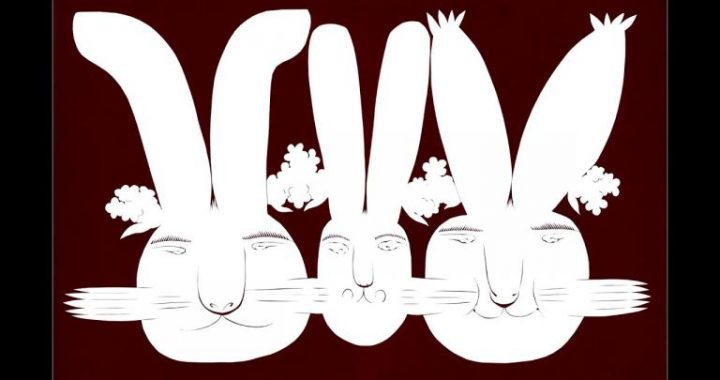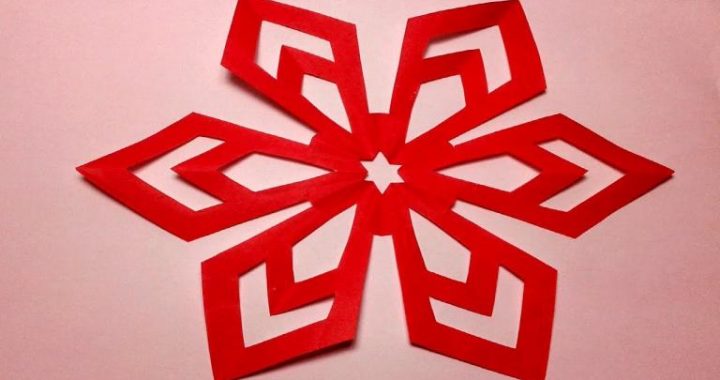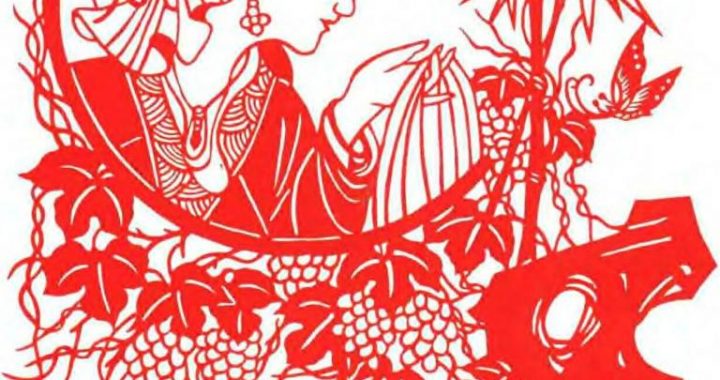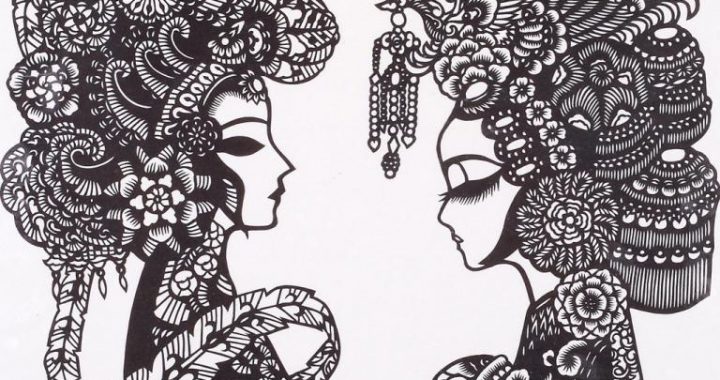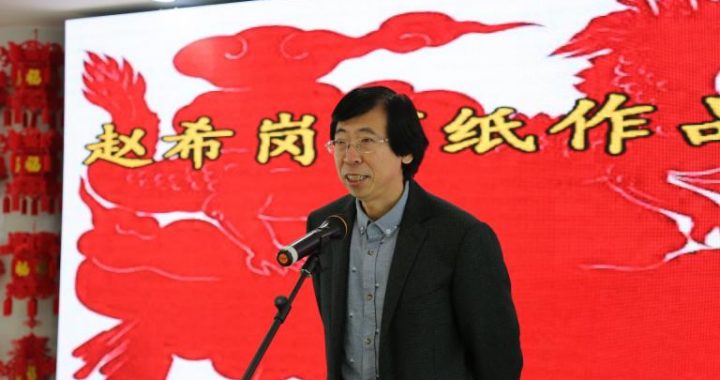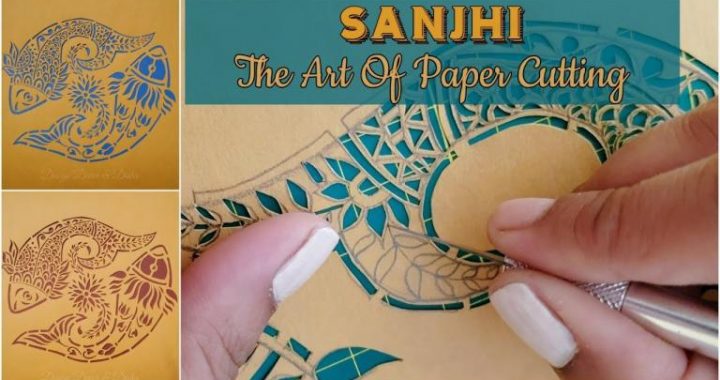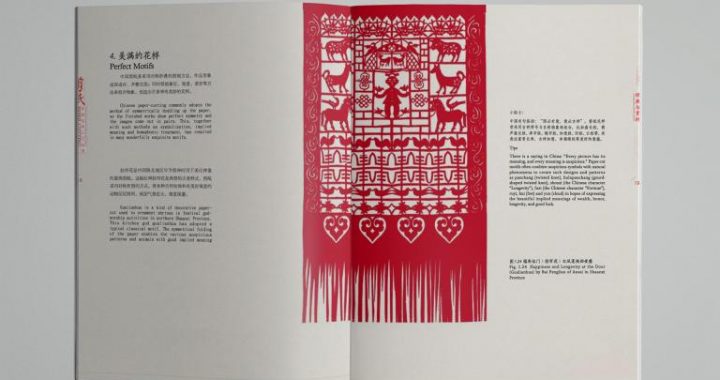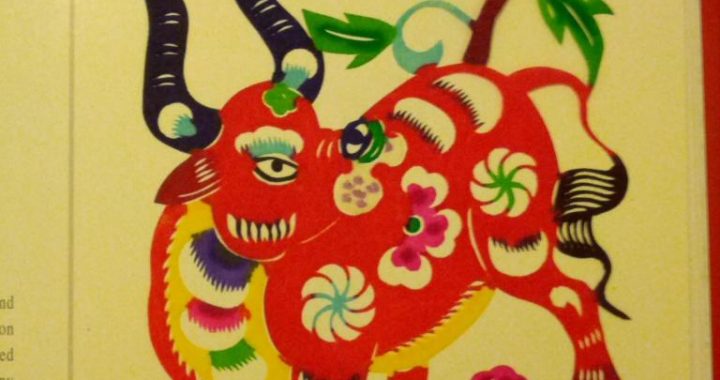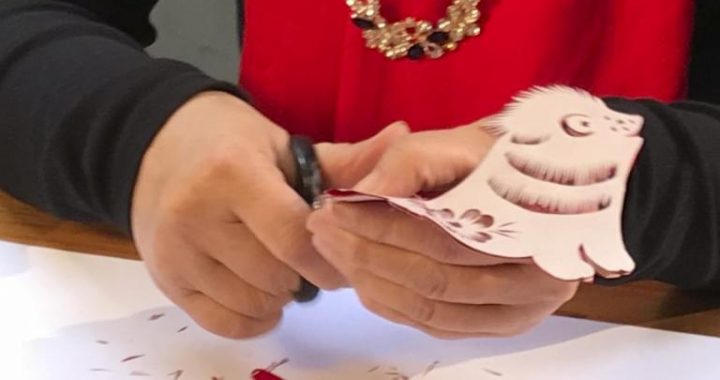The Structure of Colors
2 min readFor Chinese, red and white are colors for life and death. Red is for celebrating wedding and giving birth; and white for funeral and memorial services for those who passed away at old age. They are referred to as red and white ceremonies. The preference came from the warm red color of the sun and white snow in withering cold. At wedding ceremony, male wear red and woman dress in green as “the red official and the green lady,” an unity of the red sun and green earth which bear grass and crops. Different nationality has its own color preference in yin-yang thought. The tiger totem nation who regards black tiger as heaven and the father; and white tiger as earth and the mother, uses black and white as the colors for heaven and earth, yin and yang, male and female.
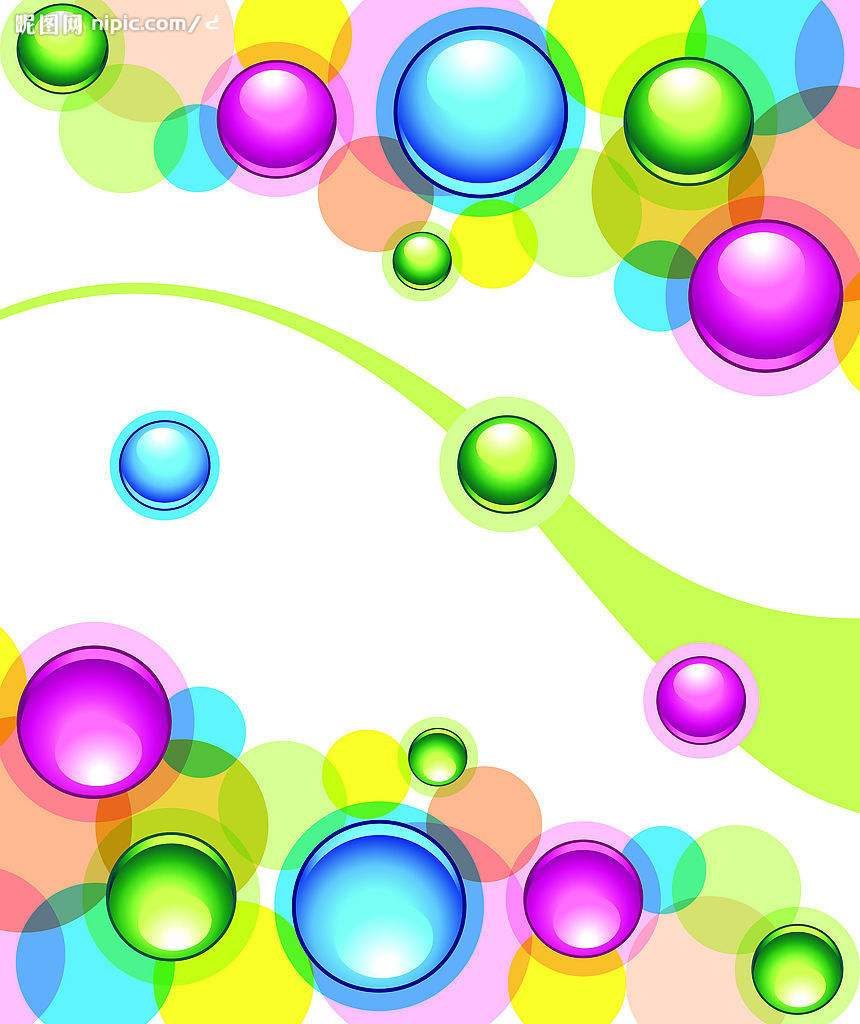
Pyramid-shaped dumpling”winded around with colorful threads’glutinous rice dumpling’to drive away evil spirits on the Dragon Boat Festival (Qingyang, Gansu).
Color Preference for the Five Elements and the Eight Diagrams
In the community, Chinese defines color composition by the five elements, which reflects their comprehension of time and space in the universe. The five elements, east, west, south, north and center, compose the space. Each element has designated color; the base color of east is dark blue; west is white; south is red; north is black; and center is yellow. The four seasons, spring, summer, autumn and winter that rotate all year long, correspond to the colors of the five elements. Dark blue is for spring; red for summer; yellow for long summer, white for autumn and black for winter; corresponding to five totem animals, are dark blue dragon of the east; white tiger of the west; red sparrow of the south; black turtle of the north and central yellow; corresponding to humanized legendary god, are dark blue emperor of the east, white emperor of the west; red emperor of the south; black emperor of the north and yellow emperor of the central region; corresponding to the five elements of gold, timber, water, fire and earth, are dark blue timber, white gold, red fire, black water and yellow earth.

Color structure of Chinese painting based on the original color of the object.
Conditional color structure in traditional western painting oil on canvass Yin-yang and the five elements color structure in Chinese folk art(Ansai, Shaanxi).
The base of traditional color composition in Western art is determined by the reflection of natural light, with cold and warm colors in an opposite unity. Change of light is the basis of color application in color structure.
The color composition of Chinese paintings is based on the original color of the objects. The color composition of Chinese folk art is based on the visual image of the objects and philosophical comprehension of yin-yang and the five elements definition.
